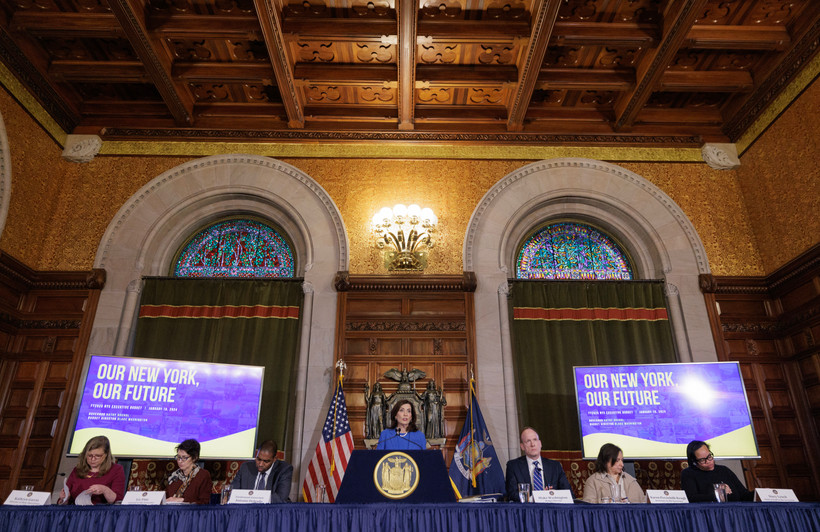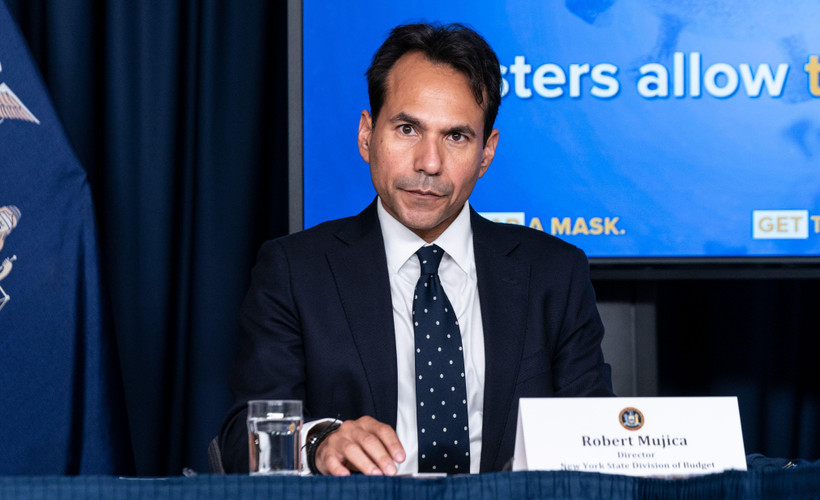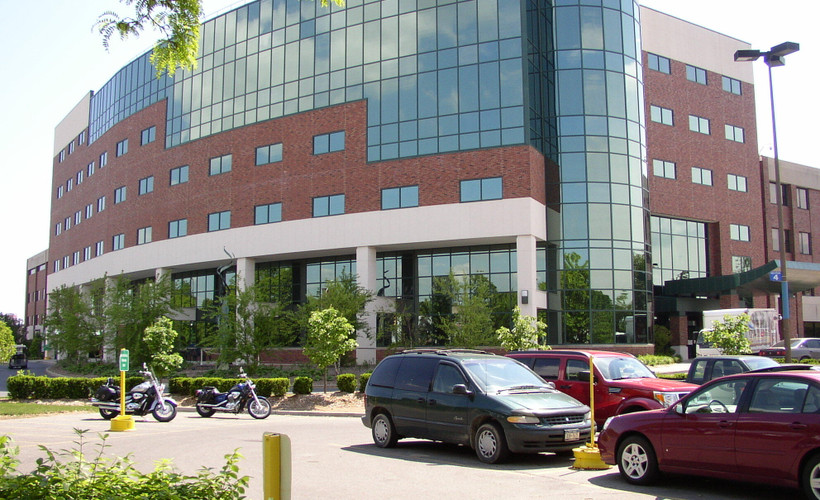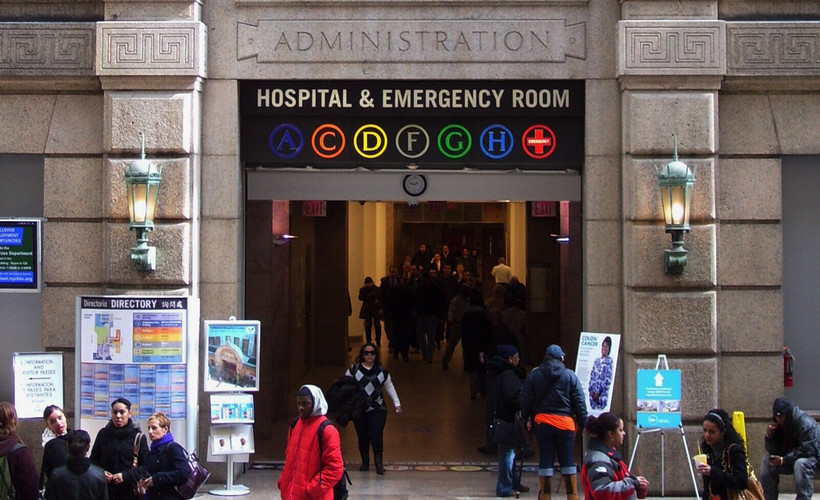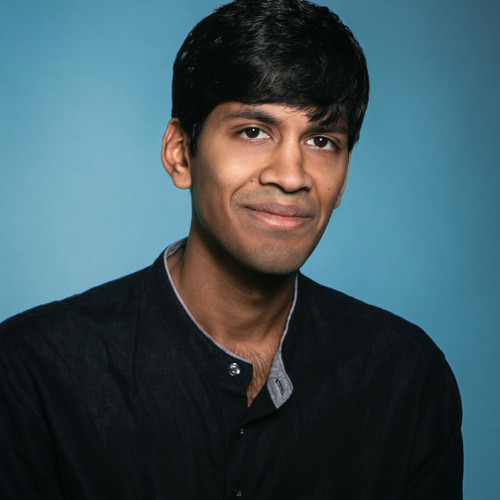How the Hospital Lobby Pummeling Hochul’s Budget Brought in a Billion Dollars
While the nonprofit Greater New York Hospital Association lobbied, a lucrative for-profit arm may have run up costs for hospitals.
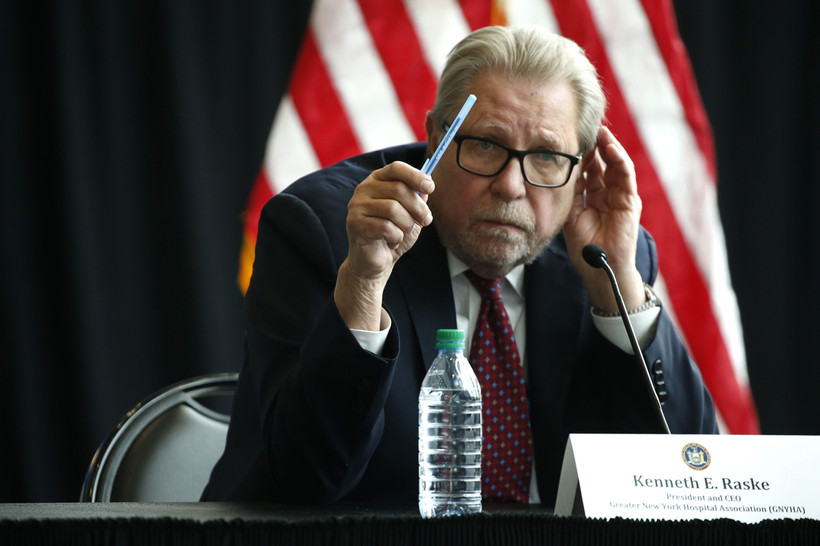
This is a two-part investigation into the influence of New York's medical lobbying apparatus. Read part two, on the role of former budget director Robert Mujica, here.
This is a two-part investigation into the influence of New York's medical lobbying apparatus. Read part two, on the role of former budget director Robert Mujica, here.
According to Raske, 75 hospitals are currently in such dire fiscal condition as to be on a “financial respirator.”

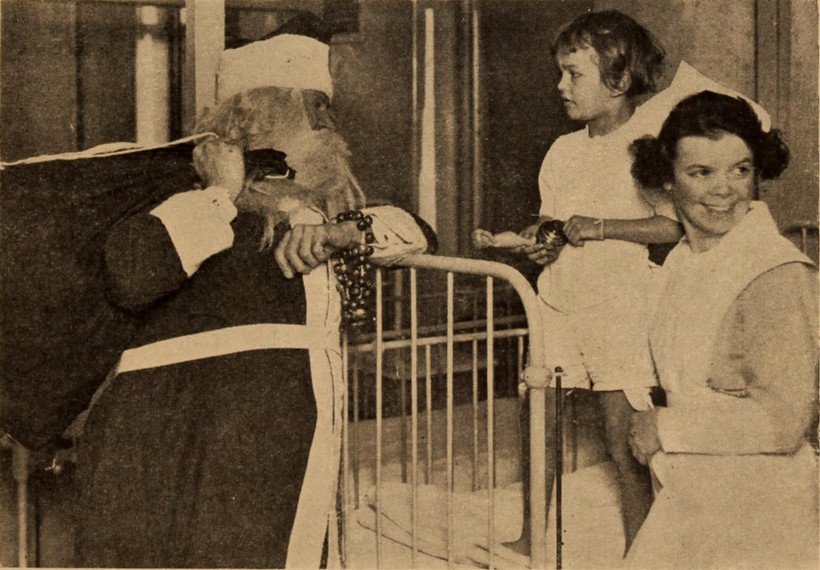

Senator Chuck Schumer called criticism of GPOs “ridiculous” in 2006. Greater New York has donated over $23 million to the Senate Majority PAC.
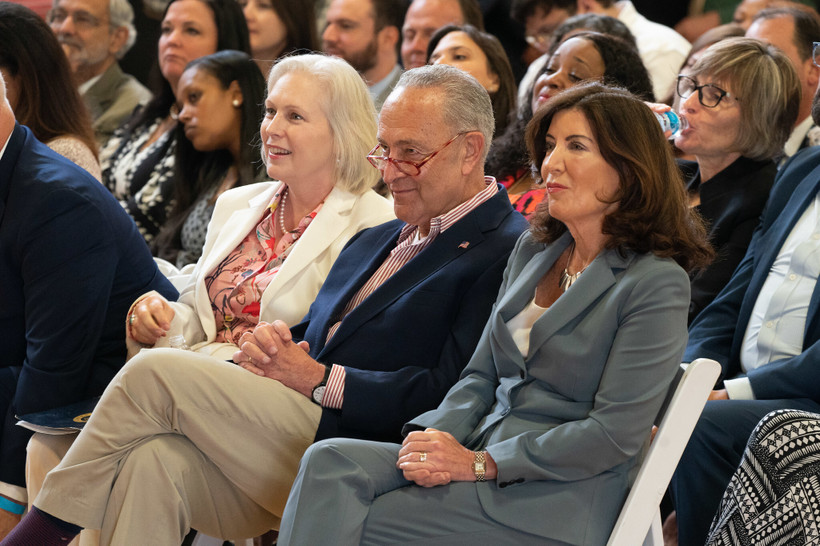

The service workers were “full-bore allies in the effort to get the GPOs,” recalled Zweig. “And then suddenly, they stopped.”
Hochul’s proposal “stinks,” Raske said. His is like “going to the moon in a spacecraft.”
